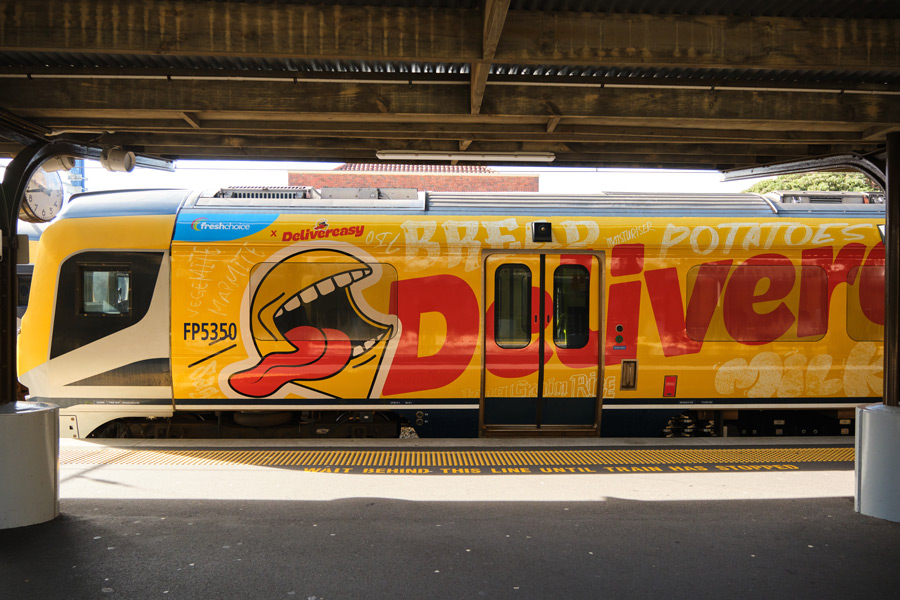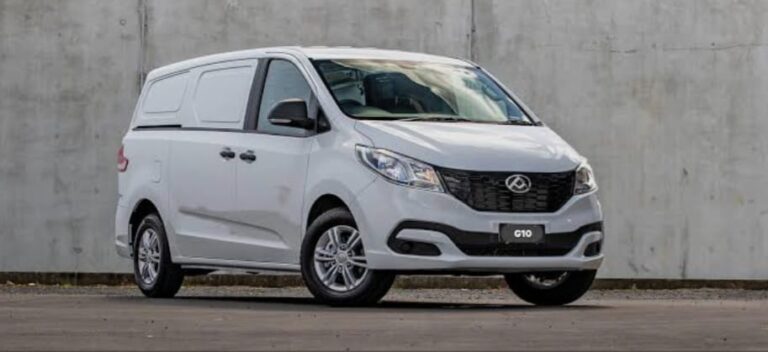Welcome to One Network Wellington Live, where we dive deep into the stories that shape our city. Today, we’re exploring the fascinating journey of a $50,000 van from its creation to its final sale in Wellington. How much does it cost to make, ship, and sell? Let’s break down the real numbers behind that shiny vehicle on the lot – and find out where the profits really go.
The Birth of a Van: Manufacturing Costs
First off, let’s talk about how much it costs to make a brand new van. According to industry reports, the average cost to manufacture a vehicle can range significantly based on several factors including brand, model, and technology. For a mid-range van like the one we’re discussing, let’s consider some credible statistics of van journey:
- Material Costs: Around 30% of the total manufacturing cost, which for a $50,000 van would be approximately $15,000. This includes steel, aluminium, plastics, and electronic components.
- Labour Costs: Labour can account for about 15-20% of the cost. For our van, let’s estimate this at $8,000.
- Research and Development: This can be quite variable but for established models, it might be around 5-10%, or $3,000 to $5,000.
- Overheads: Including factory maintenance, utilities, and other operational costs, this might add another 10-15%, or $5,000 to $7,500.
Adding these up, the direct manufacturing cost could be around $31,000 to $35,500. However, manufacturers also need to cover marketing, distribution, and profit margins, which can push the cost up before it even leaves the factory.
The Long Voyage: Shipping Costs to Wellington
Once the van is made, it needs to get to Wellington. Shipping a vehicle from, say, Japan or Europe, involves several costs:
- Ocean Freight: Depending on the route, this can cost between $2,000 to $4,000. For our example, let’s take an average of $3,000.
- Insurance: Typically around 1.5% of the vehicle’s value, which would be $750 for our $50,000 van.
- Port Handling and Customs: This can vary, but let’s estimate around $1,000 for handling fees, customs duties, and local taxes in Wellington.
So, the total shipping cost might come to around $4,750. This brings our van’s cost to approximately $35,750 to $40,250 before it even hits the Wellington market.
The Final Sale: Dealer’s Profit in Wellington
Now, let’s look at how much the dealer in Wellington makes. The van arrives and is sold for $50,000. Here’s how the profit might break down:
- Dealer’s Cost: Including the manufacturing and shipping costs, the dealer’s cost could be around $35,750 to $40,250.
- Dealer’s Margin: Dealers typically aim for a profit margin of 10-20%. For simplicity, let’s say the dealer aims for a 15% profit margin on the selling price.
Calculating the profit:
15% of $50,000 is $7,500. Therefore, if the dealer’s cost was at the lower end ($35,750), the profit would be:
$50,000 (selling price) – $35,750 (cost) = $14,250. However, since we’re considering a 15% margin on the selling price, the actual profit would be closer to $7,500, with some flexibility for additional costs like preparation, warranty, and marketing.
Conclusion: The Economics of a Van in Wellington
From the factory floor to the streets of Wellington, our $50,000 van journey. The manufacturing cost, shipping expenses, and dealer’s profit all add up to give us a clear picture of the economics behind selling a vehicle in our city. This story not only highlights the costs involved but also the value chain that supports our local economy through international trade and local business.
At One Network Wellington Live, we’re committed to bringing you stories that matter, stories that inform, and stories that connect us all to the vibrant life of Wellington. Stay tuned for more insights into the everyday economics that drive our city forward.
Note: All figures are approximations based on industry standards and should be used for illustrative purposes. Actual costs can vary based on numerous factors including specific agreements, market conditions, and more.
TRUTH SEEKER
Instantly run a Quiz with friends... about the article. Interact more & analise the story. Dig in, catch out biased opinions, and "fact check" with TRUTH SEEKER by ONENETWORK WELLINGTONLIVE 👋
Do you agree with the main argument of this article?
Total votes: 1
What percentage of the total manufacturing cost do material costs typically account for?
Bias Analysis
Fact Check Summary
True, manufacturing costs vary based on different factors.
Source: Article
True, the article mentions the breakdown of shipping costs.
Source: Article






